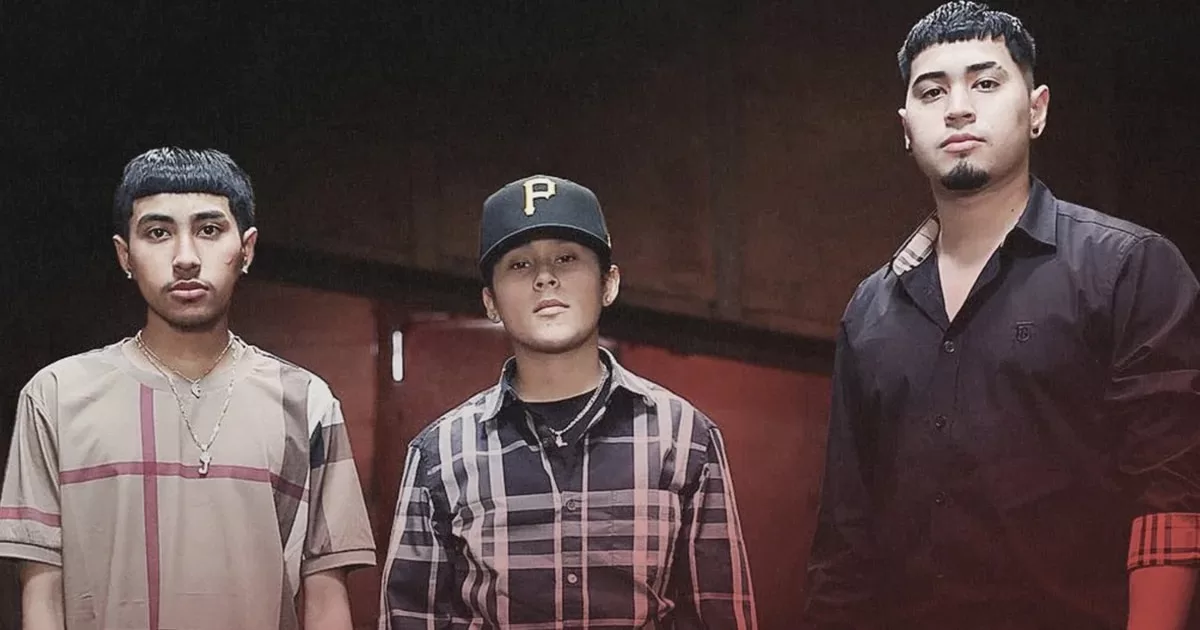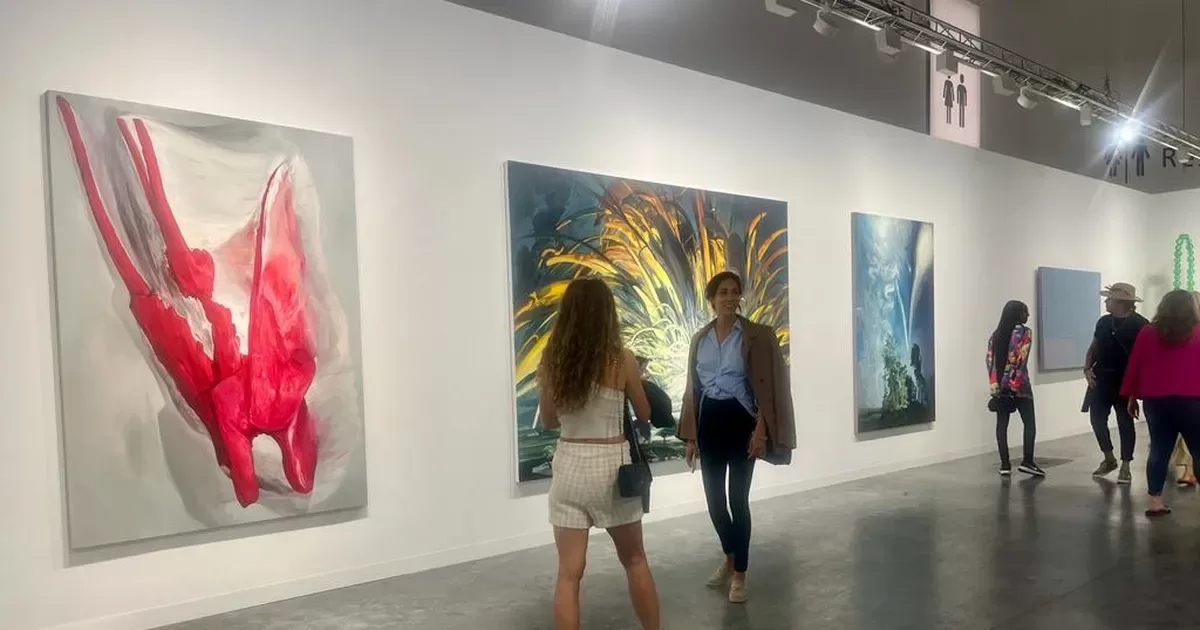DUBAI, United Arab Emirates — Iran buried the president Ebrahim Raisi at the country’s holiest Shiite shrine on Thursday, days after his death in a helicopter crash that added to a country’s woes with internal unrest and tensions abroad.
Raisi, who died along with the country’s foreign minister and six others, was lowered by mourners into a grave at the Shrine of Imam Reza in Mashhad, where the eighth imam of Shiite Islam is buried and where millions of pilgrims worship him. They visit every year. Hundreds of thousands of people dressed in black gathered around the shrine under its iconic golden dome, crying and beating their chests in sadness in a sign of mourning common in Shiite ceremonies.
A hadith attributed to the Prophet Muhammad states that anyone who is in pain or sin will be relieved by visiting him. But Thursday’s procession offered little relief for Iran and its many challenges.
The days of services have not drawn the same crowds that turned out for services for Revolutionary Guard Gen. Qassem Soleimani in 2020, who was killed in a U.S. drone strike in Baghdad.
In Tehran alone, an estimated one million people took to the streets to see Soleimani, something onlookers said they did not see at the men’s commemorations on Wednesday. However, ceremonies have repeatedly invoked the general and included her image, likely creating an association between the men.
It is a potential sign of public sentiment about Raisi’s presidency, during which the government harshly repressed dissent, especially protests over the death in 2022 of the young Mahsa Amini, detained for allegedly not wearing her mandatory veil as demanded. The authorities.
That repression, as well as Iran’s economic woes, have not been mentioned in the hours of coverage on state television and media. Raisi’s involvement in the mass execution of some 5,000 dissidents at the end of the Iran-Iraq war was never discussed.
Little information has emerged about the cause of the crash of the aging Bell helicopter that crashed while traveling in a foggy, mountainous region. The country’s security forces are expected to investigate the incident in the coming days.
Prosecutors have warned the public not to show any signs of celebration over Raisi’s death and a heavy presence of security forces has been seen in Tehran since the plane crash.
Raisi, 63, had been considered a possible successor to Iran’s supreme leader, Ayatollah Ali Khamenei, 85. The next presidential elections are scheduled for June 28. For now, there is no clear favorite for the job among Iran’s political elite, especially no one who is a Shiite cleric, like Raisi.
Political uncertainty in Iran
Interim President Mohammad Mokhber, a relatively unknown first vice president until Sunday’s clash, assumed his role and even attended a meeting between Khamenei and Hamas leader Ismail Haniyeh on Wednesday.
Mashhad long served as a base for Raisi. In 2016, Khamenei appointed Raisi to head the Imam Reza charitable foundation, which runs a vast conglomerate of businesses and donations in Iran, as well as overseeing the shrine. It is one of many bonyads, or charitable foundations, fueled by donations or assets confiscated after Iran’s 1979 Islamic Revolution.
These foundations are not required to disclose their expenses and answer only to Iran’s supreme leader. The Imam Reza charity, known as “Astan-e Quds-e Razavi” in Farsi, is believed to be one of the largest in the country. Analysts estimate his value at tens of billions of dollars, as he owns nearly half the land in Mashhad, Iran’s second-largest city, about 750 kilometers (470 miles) east of Iran’s capital. Tehran.
Raisi is the country’s first important politician buried in the shrine, which represents a great honor for the cleric. His father-in-law is the Friday prayer leader in the city.
The deaths of Raisi and Foreign Minister Hossein Amirabdollahian come as Iran continues to back militia groups across the Middle East to pressure its enemies: Israel and the United States. Mourners have raised slogans against both nations at the ceremonies.
State media released photographs Thursday showing a meeting between the paramilitary chief of Iran’s Revolutionary Guard and the head of its expeditionary Quds Force and representatives of Hamas, Lebanon’s Hezbollah and Yemen’s Houthi rebels.
On Thursday morning, thousands of people dressed in black gathered along a main boulevard in the city of Birjand, where Raisi was once a member of the Assembly of Experts in Iran’s South Khorasan province, along of the border with Afghanistan. There and in Mashhad, mourners on the streets approached a truck carrying his coffin, and some threw scarves and other items toward it for a “blessing.”
Meanwhile, former foreign ministers Mohammed Javad Zarif and Ali Akbar Salehi and other dignitaries paid their respects to Amirabdollahian at Iran’s Foreign Ministry, where his coffin was displayed. His body was later buried in Shahr-e Rey, on the outskirts of Tehran, in the Abdol Azim shrine, another final resting place for those famous in Persian history.
Source: AP



